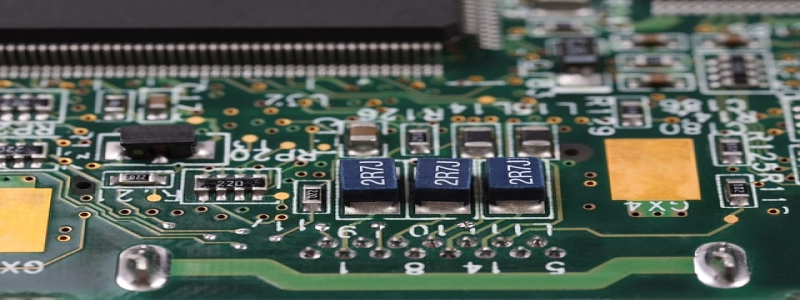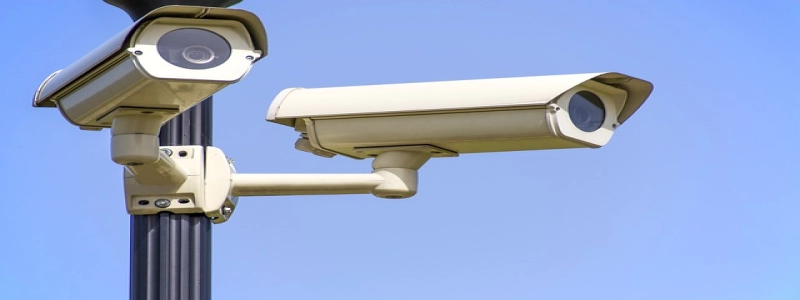Wi-Fi to Ethernet Bridge
Introduction
1. What is a Wi-Fi to Ethernet Bridge?
2. Uses of a Wi-Fi to Ethernet Bridge
Benefits of Using a Wi-Fi to Ethernet Bridge
1. Extended Wi-Fi Coverage
2. Connect Wired Devices to Wi-Fi
3. Improved Network Performance
How to Set up a Wi-Fi to Ethernet Bridge
1. Check Router Compatibility
2. Obtain a Wi-Fi to Ethernet Bridge Device
3. Connect the Wi-Fi to Ethernet Bridge Device
4. Configure Bridge Settings on the Device
5. Finalize the Setup
Conclusion
1. Summary of the Benefits
2. Importance of Wi-Fi to Ethernet Bridges in the Modern Age
3. Final Thoughts on Setting up and Using a Wi-Fi to Ethernet Bridge.
Introduction
A Wi-Fi to Ethernet bridge is a device that allows you to connect wired Ethernet devices to a Wi-Fi network. It acts as a bridge between your existing Wi-Fi network and the devices that cannot directly connect to Wi-Fi. This article will delve into the benefits of using a Wi-Fi to Ethernet bridge and provide a detailed guide on how to set one up.
Benefits of Using a Wi-Fi to Ethernet Bridge
Extended Wi-Fi Coverage: A Wi-Fi to Ethernet bridge extends the coverage of your Wi-Fi network. By connecting the bridge device to a wired Ethernet port, you can place it in a location where the Wi-Fi signal is weak. The bridge then relays the Wi-Fi signal, effectively extending the network coverage to that area.
Connect Wired Devices to Wi-Fi: Many devices, such as desktop computers, game consoles, and printers, do not have built-in Wi-Fi capabilities. With a Wi-Fi to Ethernet bridge, you can connect these wired devices to your Wi-Fi network without the need for additional cables or adapters.
Improved Network Performance: Using a Wi-Fi to Ethernet bridge can enhance the performance of your network. Wired Ethernet connections are generally faster and more stable than wireless connections. By connecting devices via Ethernet using the bridge, you can enjoy faster data transfer speeds and minimize the risk of interference or signal dropouts.
How to Set up a Wi-Fi to Ethernet Bridge
Check Router Compatibility: Ensure that your router supports bridge mode. This mode allows the router to act as a bridge for the Wi-Fi network. Check the user manual or contact your router manufacturer for guidance on enabling bridge mode.
Obtain a Wi-Fi to Ethernet Bridge Device: Purchase a Wi-Fi to Ethernet bridge device. These devices are readily available in the market and come in various models. Choose one that suits your requirements and budget.
Connect the Wi-Fi to Ethernet Bridge Device: Connect one end of an Ethernet cable to the bridge device and the other end to an available Ethernet port on your router.
Configure Bridge Settings on the Device: Follow the manufacturer’s instructions to configure the settings on the bridge device. This typically involves connecting to the bridge’s setup interface through a web browser. Enter your Wi-Fi network credentials and any other required information.
Finalize the Setup: Once the bridge device is configured, save the settings and disconnect it from your computer if necessary. Place the bridge device in an optimal location where it can relay the Wi-Fi signal effectively.
Conclusion
Wi-Fi to Ethernet bridges offer several benefits, including extended Wi-Fi coverage, the ability to connect wired devices to Wi-Fi, and improved network performance. In today’s connected world, where both wired and wireless devices coexist, a bridge device proves to be a valuable asset. Following the steps outlined in this article, you can set up a Wi-Fi to Ethernet bridge and enjoy the advantages it brings to your network.







